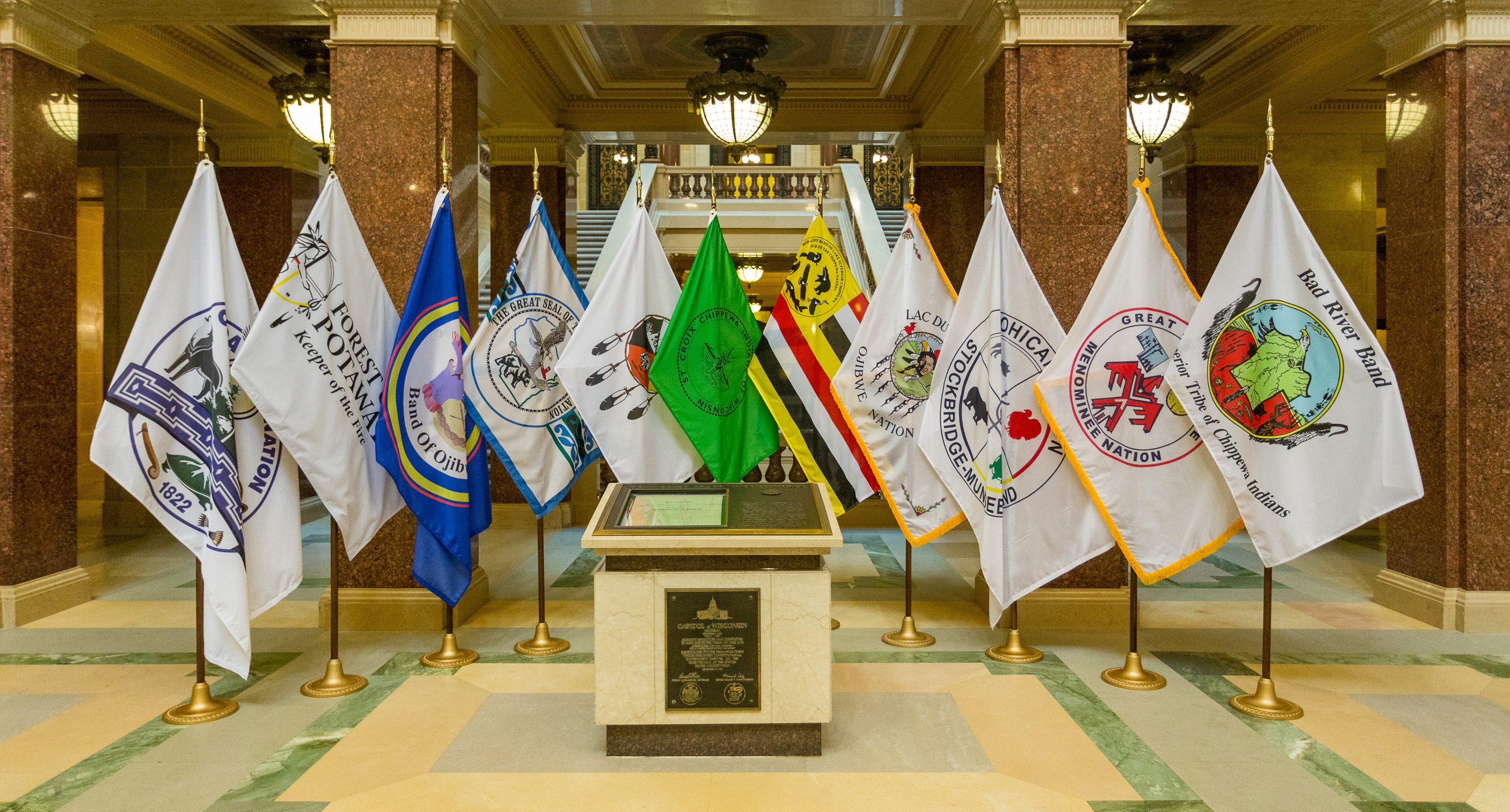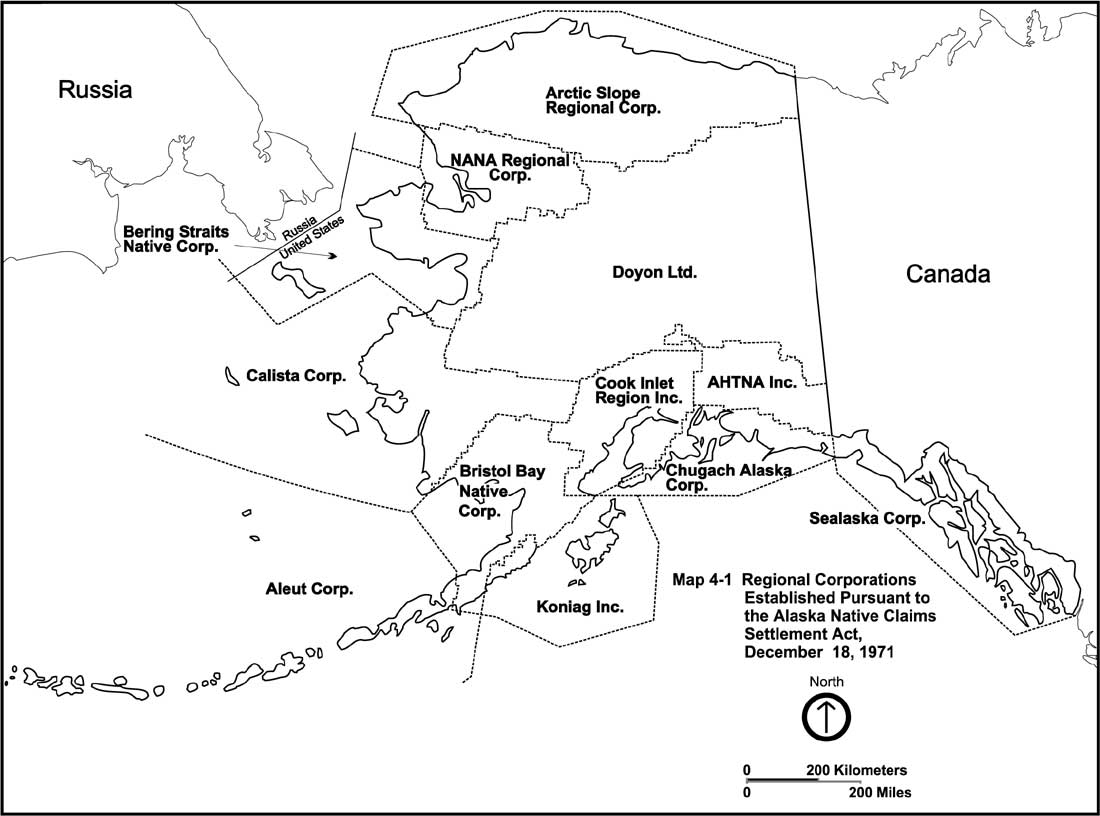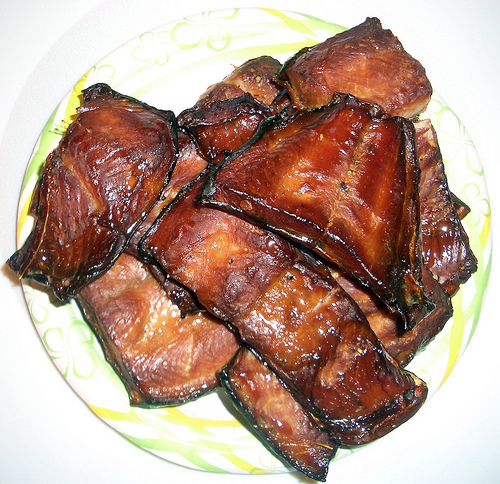|
Algaaciq Native Village (St. Mary's)
The Algaaciq Native Village (St. Mary's) is a federally recognized Alaska Native village in St. Mary's, Alaska, St. Mary's in southwest Alaska. They are Yup'ik people with a population of about 500. Algaaciq is part of the Yukon-Kuskokwim Delta region, and their ANCSA Alaska Native Regional Corporation is the Calista Corporation. Government Algaaciq elects a president and tribal council. Their current president is Flora Pauken. They maintain their own tribal court. Location The village is located where the Andreafsky River, Andreafsky and Yukon Rivers meet. Demographics In 2010, an individual per capita income was $15,688. A medium household earned $38,000. About 25.7 percent of the adults in village were unemployed. Subsistence hunting and gathering is still economically vital to the community. See also * List of Alaska Native tribal entities * Yup'ik cuisine * Yup'ik languages External links Algaaciq Native Village References Native American tribes in Al ... [...More Info...] [...Related Items...] OR: [Wikipedia] [Google] [Baidu] |
Yupiit
The Yupik (plural: Yupiit) (; russian: Юпикские народы) are a group of indigenous or aboriginal peoples of western, southwestern, and southcentral Alaska and the Russian Far East. They are related to the Inuit and Iñupiat. Yupik peoples include the following: * Alutiiq, or Sugpiaq, of the Alaska Peninsula and coastal and island areas of southcentral Alaska. * Yup'ik or Central Alaskan Yup'ik of the Yukon–Kuskokwim Delta, the Kuskokwim River, and along the northern coast of Bristol Bay as far east as Nushagak Bay and the northern Alaska Peninsula at Naknek River and Egegik Bay in Alaska. * Siberian Yupik, including Naukan, Chaplino,Achirgina-Arsiak, Tatiana"Northeastern Siberian: Yupik (Asiatic Eskimo)."''Alaska Native Collections.'' 1996. Retrieved 20 July 2012. and — in a linguistic capacity — the Sirenik of the Russian Far East and St. Lawrence Island in western Alaska. Population The Yup'ik are by far the most numerous of the various Alaska Native gr ... [...More Info...] [...Related Items...] OR: [Wikipedia] [Google] [Baidu] |
Federally Recognized
This is a list of federally recognized tribes in the contiguous United States of America. There are also federally recognized Alaska Native tribes. , 574 Indian tribes were legally recognized by the Bureau of Indian Affairs (BIA) of the United States.Federal Acknowledgment of the Pamunkey Indian Tribe Of these, 231 are located in Alaska. Description  In the United States, the Indian tribe is a fundamental unit, and the constitution grants
In the United States, the Indian tribe is a fundamental unit, and the constitution grants
|
Alaska Native Village
This list of Alaska Native tribal entities names the federally recognized tribes in the state of Alaska. The Alaska Native Claims Settlement Act of 1971 explains how these Alaska Native villages came to be tracked this way. This version was updated based on ''Federal Register'', Volume 87, dated January 28, 2022 (87 FR 4638), (January 28, 2022), 87 FR 4636 when the number of Alaskan Native tribes entities totaled 231. The list is maintained i ... [...More Info...] [...Related Items...] OR: [Wikipedia] [Google] [Baidu] |
Yup'ik People
The Yup'ik or Yupiaq (sg & pl) and Yupiit or Yupiat (pl), also Central Alaskan Yup'ik, Central Yup'ik, Alaskan Yup'ik ( own name ''Yup'ik'' sg ''Yupiik'' dual ''Yupiit'' pl; russian: Юпики центральной Аляски), are an Indigenous people of western and southwestern Alaska ranging from southern Norton Sound southwards along the coast of the Bering Sea on the Yukon-Kuskokwim Delta (including living on Nelson and Nunivak Islands) and along the northern coast of Bristol Bay as far east as Nushagak Bay and the northern Alaska Peninsula at Naknek River and Egegik Bay. They are also known as Cup'ik by the Chevak Cup'ik dialect-speaking people of Chevak and Cup'ig for the Nunivak Cup'ig dialect-speaking people of Nunivak Island. Both Chevak Cup'ik and Nunivak Cup'ig people are also known as ''Cup'ik.'' [...More Info...] [...Related Items...] OR: [Wikipedia] [Google] [Baidu] |
ANCSA
The Alaska Native Claims Settlement Act (ANCSA) was signed into law by President Richard Nixon on December 18, 1971, constituting at the time the largest land claims settlement in United States history. ANCSA was intended to resolve long-standing issues surrounding aboriginal land claims in Alaska, as well as to stimulate economic development throughout Alaska."Recognition of aboriginal land rights in Alaska was a sharp departure from American Indian policy in other parts of the US. Observers believe this was more a result of slow economic development within Alaska than rejection of Indian policy," citing Cooley, R.A. 1983. "Evolution of Alaska land policy." in Morehouse, T. A. (editor). ''Alaskan Resources Development: Issues of the 1980s''. Boulder: Westview Press, pp. 13-49. The settlement established Alaska Native claims to the land by transferring titles to twelve Alaska Native regional corporations and over 200 local village corporations. A thirteenth regional corporation was ... [...More Info...] [...Related Items...] OR: [Wikipedia] [Google] [Baidu] |
Alaska Native Regional Corporation
The Alaska Native Regional Corporations were established in 1971 when the United States Congress passed the Alaska Native Claims Settlement Act (ANCSA) which settled land and financial claims made by the Alaska Natives and provided for the establishment of 13 regional corporations to administer those claims. Associations, regional and village corporations Under ANCSA the state was originally divided into twelve regions, each represented by a "Native association" responsible for the enrollment of past and present residents of the region. Individual Alaska Natives enrolled in these associations, and their village level equivalents, were made shareholder in the Regional and Village Corporations created by the Act. The twelve for-profit regional corporations, and a thirteenth region representing those Alaska Natives who were no longer residents of Alaska in 1971, were awarded the monetary and property compensation created by ANCSA. Village corporations and their shareholders receive ... [...More Info...] [...Related Items...] OR: [Wikipedia] [Google] [Baidu] |
Calista Corporation
Calista Corporation (pronounced ) is one of thirteen Alaska Native Regional Corporations created under the Alaska Native Claims Settlement Act of 1971 (ANCSA) in settlement of aboriginal land claims. Calista was incorporated in Alaska on June 12, 1972. Although the Calista region is in western Alaska, Calista Corporation is headquartered in Anchorage, Alaska. Calista is a for-profit corporation with 34,500 Alaska Native shareholders primarily of Yup'ik descent. The name Calista (''worker'') is a portmanteau of the Central Alaskan Yup'ik words ''cali-'', meaning "to work," and ''-ista'', meaning someone or something which does. The Yup'ik language does not have a word for "corporation". As part of ANCSA, Calista received patent for from the federal government as well as approximately $80 million, making it the second largest corporation established under ANCSA. The Calista region covers Alaska's Bethel and Kusilvak census areas and includes 56 villages. Shareholders Currently, ... [...More Info...] [...Related Items...] OR: [Wikipedia] [Google] [Baidu] |
Andreafsky River
The Andreafsky River (Yup'ik: ''Negeqliq'') is a tributary of the Yukon River in the U.S. state of Alaska. The Andreafsky flows south from near Iprugalet Mountain in the Yukon Delta National Wildlife Refuge to meet the larger river at Pitkas Point, near the village of St. Mary's. In 1980, the Andreafsky and the East Fork Andreafsky rivers became part of the National Wild and Scenic Rivers System. The designation covers about 265 river miles (RM) or 426 river kilometers (RK) along the two streams and their headwaters. About 198 RM (319 RK) of these flow through the Yukon Delta Wilderness; 54 RM (87 RK) cross private lands, and 13 RM (21 RK) flow through a wild-river corridor within non-wilderness refuge lands. Flora and fauna Black spruce and white spruce, balsam poplar, and large bogs dominate the land near the rivers, while willow shrubs, mosses, lichens, and other vegetation grows on the tundra at higher elevations in the watershed. Wildlife i ... [...More Info...] [...Related Items...] OR: [Wikipedia] [Google] [Baidu] |
Yukon River
The Yukon River ( Gwich'in: ''Ųųg Han'' or ''Yuk Han'', Yup'ik: ''Kuigpak'', Inupiaq: ''Kuukpak'', Deg Xinag: ''Yeqin'', Hän: ''Tth'echù'' or ''Chuu k'onn'', Southern Tutchone: Chu Nìikwän, russian: Юкон, Yukon) is a major watercourse of northwestern North America. From its source in British Columbia, Canada, it flows through Canada's territory of Yukon (itself named after the river). The lower half of the river continues westwards through the U.S. state of Alaska. The river is long and empties into the Bering Sea at the Yukon–Kuskokwim Delta. The average flow is . The total drainage area is , of which lies in Canada. The total area is more than 25% larger than Texas or Alberta. The longest river in Alaska and Yukon, it was one of the principal means of transportation during the 1896–1903 Klondike Gold Rush. A portion of the river in Yukon—"The Thirty Mile" section, from Lake Laberge to the Teslin River—is a national heritage river and a unit of Klondik ... [...More Info...] [...Related Items...] OR: [Wikipedia] [Google] [Baidu] |
List Of Alaska Native Tribal Entities
This list of Alaska Native tribal entities names the federally recognized tribes in the state of Alaska. The Alaska Native Claims Settlement Act of 1971 explains how these Alaska Native villages came to be tracked this way. This version was updated based on ''Federal Register'', Volume 87, dated January 28, 2022 (87 FR 4638), (January 28, 2022), 87 FR 4636 when the number of tribes entities totale ... [...More Info...] [...Related Items...] OR: [Wikipedia] [Google] [Baidu] |
Yup'ik Cuisine
Yup'ik cuisine (''Yupiit neqait'' in Yup'ik language, literally "Yup'iks' foods" or "Yup'iks' fishes") refers to the Eskimo style traditional subsistence food and cuisine of the Yup'ik people from the western and southwestern Alaska. Also known as Cup'ik cuisine for the Chevak Cup'ik dialect speaking Eskimos of Chevak and Cup'ig cuisine for the Nunivak Cup'ig dialect speaking Eskimos of Nunivak Island. This cuisine is traditionally based on meat from fish, birds, sea and land mammals, and normally contains high levels of protein. Subsistence foods are generally considered by many to be nutritionally superior superfoods. Yup’ik diet is different from Alaskan Inupiat, Canadian Inuit, and Greenlandic diets. Fish as food (especially Salmonidae species, such as salmon and whitefish) are primary food for Yup'ik Eskimos. Both food and fish called ''neqa'' in Yup'ik. Food preparation techniques are fermentation and cooking, also uncooked raw. Cooking methods are baking, roast ... [...More Info...] [...Related Items...] OR: [Wikipedia] [Google] [Baidu] |
.jpg)





